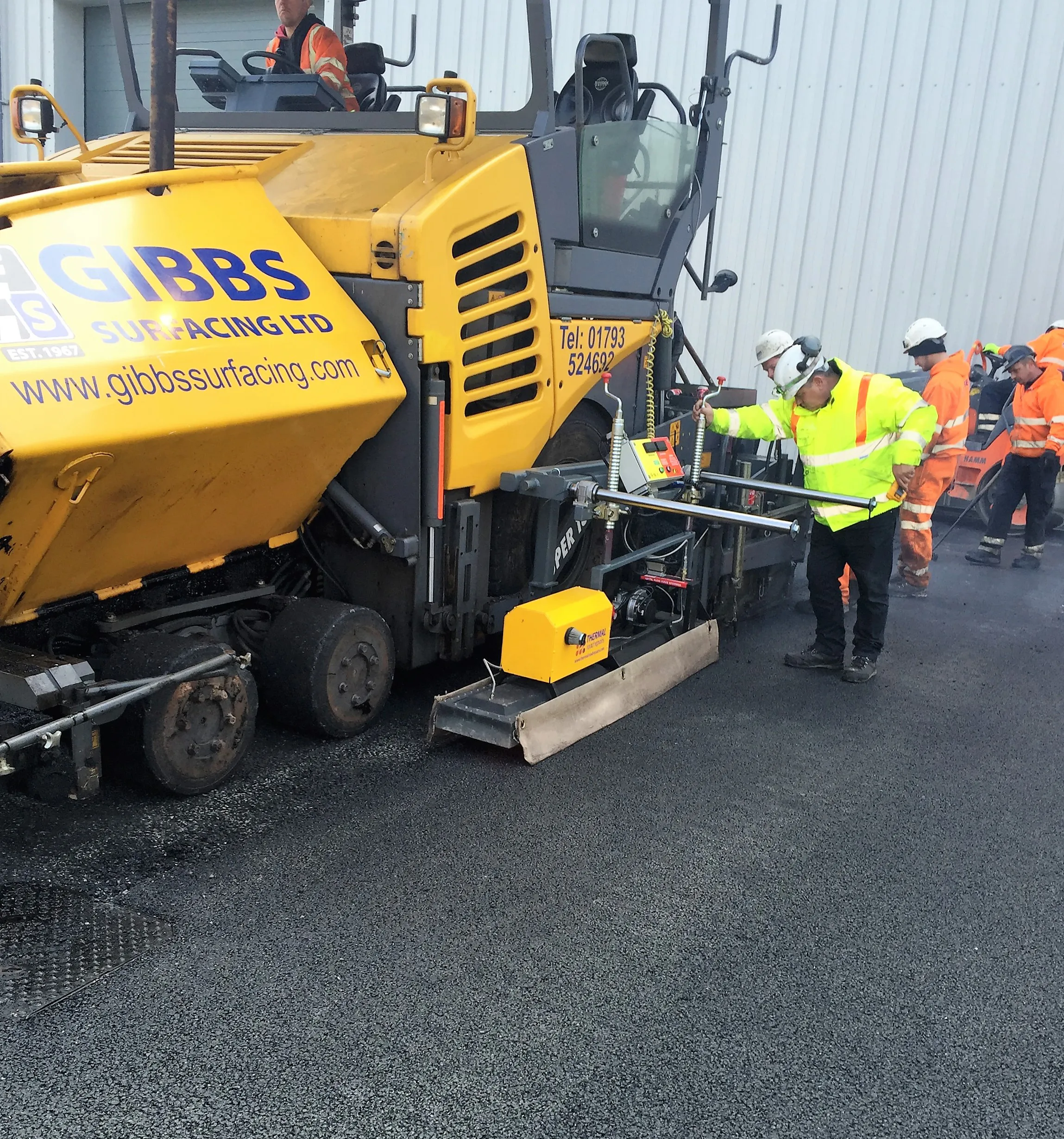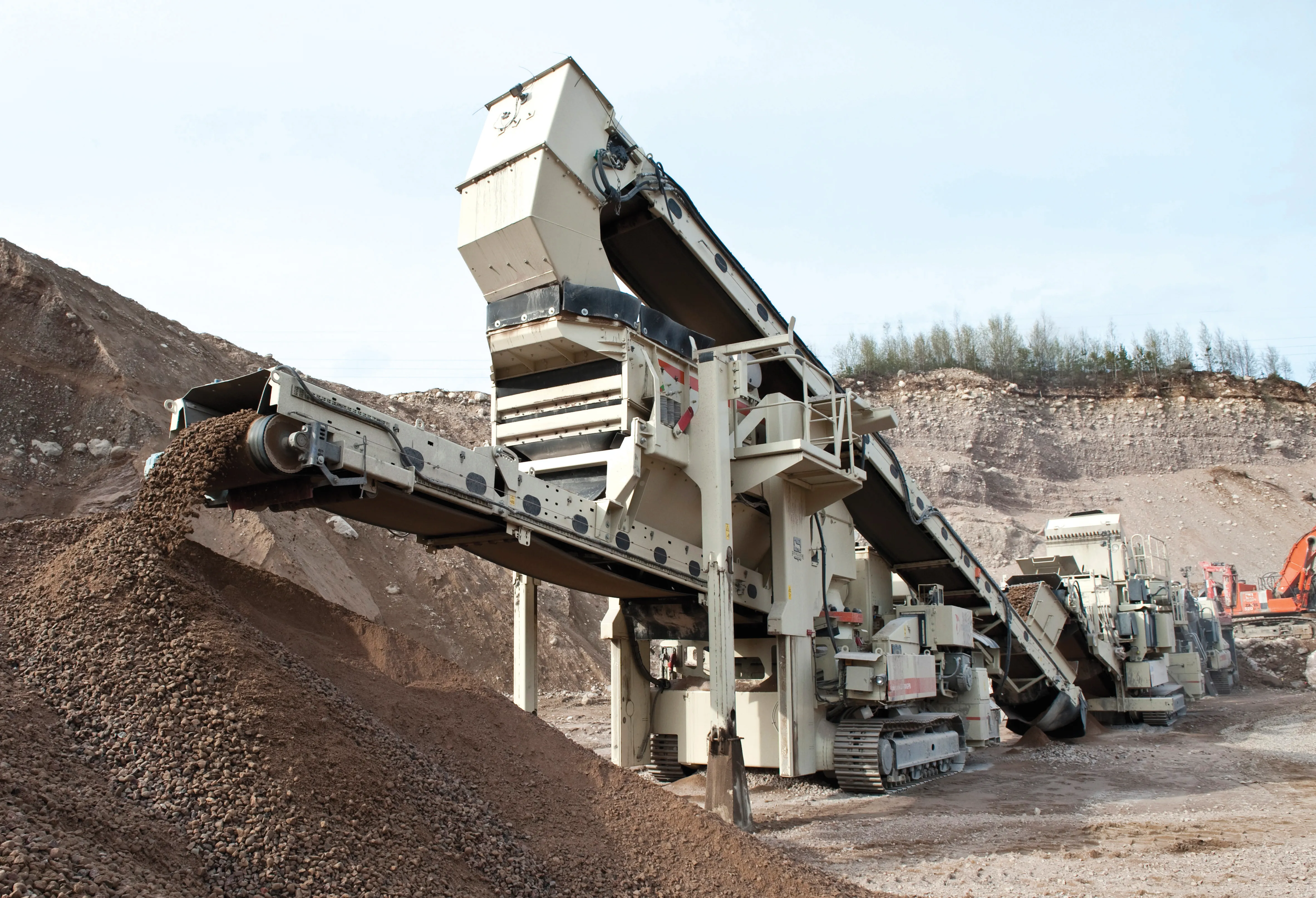It may be early days for using drones – unmanned aerial systems (UAS) -- to map
construction sites, but technology and legislation are moving in that direction.
At the moment drones can fly within only a 500m radius of the ‘pilot’ standing on the ground, making the flight area a 1km diameter. This is the key limiting issue for any sector, especially road construction, says Jonathan Gill, a robotics engineer and a qualified drone
pilot for the past seven years.
The logic is that a drone remains withi
August 4, 2015
Read time: 4 mins
It may be early days for using drones – unmanned aerial systems (UAS) - to map
construction sites, but technology and legislation are moving in that direction.
At the moment drones can fly within only a 500m radius of the ‘pilot’ standing on the ground, making the flight area a 1km diameter. This is the key limiting issue for any sector, especially road construction, says Jonathan Gill, a robotics engineer and a qualified drone pilot for the past seven years.
The logic is that a drone remains within eyesight of the pilot so he or she can avoid obstacles – including other drones and aircraft that may be landing.
Given that, a highways contractor can get a view of only 1km stretch of road at most. Less, if the drone would be out of eyesight of the pilot, said Gill, who also has experience in subsea remotely operated vehicles for the petrochemical industry. Economies of scale for operating a drone would be for longer stretches of road. As it stands, to survey a 10km stretch of road, the drone would have to take off and land many times to collect the required data.
Also, for out-of-sight flying, drones would need some sophisticated electronics for vision aid and obstacle detection.
The agricultural sector, however, is moving ahead with greater drone use. Gill, a visiting researcher at Harper Adams University, an agricultural college in western England, recently started working with international UAS provider PrecisionHawk. Harper Adams is delivering drone training in exchange for aerial imagery of the university campus.
PrecisionHawk has been flying one of its Lancaster vehicles as part of a training and demonstration session for its users. During the session, a range of photographs were taken of a trials field that has been used to assess the effect of farm traffic on crop yields and soil structure.
The collaboration is through the university’s UAS Special Interest Group, a membership group focused on the application of unmanned aerial systems in agriculture. “Harper Adams is looking for partners to work with to develop see-and-avoid systems,” said Gill. “The trouble is that the technology is moving so fast that governmental legislation is always trying to catch up.”
Some parts of the construction sector have taken up the technology quicker than others, such as aggregates. For instance, a gravel pit operator could spend two days operating a drone to quantify spoil heaps versus a week or so using surveyors,” he said.
Last year, contractor2319 Costain reported that it had successfully used a miniature unmanned helicopter (pictured) for aerial photography on a contract to dual the A8 road between Belfast and Larne in Northern Ireland. The consortium, also comprising 2340 Lagan Construction and 2717 Ferrovial Agroman, is responsible for creating 14.5km of new roadway in the €185 million scheme on behalf of the Northern Ireland’s Department for Regional Development’s Roads Service.
Costain said in a written statement that the four-rotor drone, measuring around 350mm square and with a bolt-on video camera, made several test flights over the road. It also assisted following a road traffic accident.
“One of the surveyors who works for one of the other joint venture partners has set himself up as an operator of this aircraft and was using the project as a bit of a testbed, as a test of its capabilities and to help him get his licence,” explained John Lee, deputy project manager for the consortium.
Costain had previously used full-size aircraft to carry out aerial photography. But the new drone helicopter has several potential advantages over manned aircraft. “With real aircraft, there are limitations in terms of how low it can fly and weather can be a problem,” Lee said at the time.
“With one of these helicopters, you can hover and get in close to structures. You have high-definition quality footage and you can take stills from that, as well as obvious health and safety benefits from not placing people at risk from working at height.”
The cost of using the mini-helicopter is also a fraction of that of a manned aircraft, said Lee. Costain also noted at the time that it would consider getting fixed-wing pilots trained up on the device. A special licence is required to operate the drone, but this is also considerably less expensive than gaining a regular pilot’s licence.
construction sites, but technology and legislation are moving in that direction.
At the moment drones can fly within only a 500m radius of the ‘pilot’ standing on the ground, making the flight area a 1km diameter. This is the key limiting issue for any sector, especially road construction, says Jonathan Gill, a robotics engineer and a qualified drone pilot for the past seven years.
The logic is that a drone remains within eyesight of the pilot so he or she can avoid obstacles – including other drones and aircraft that may be landing.
Given that, a highways contractor can get a view of only 1km stretch of road at most. Less, if the drone would be out of eyesight of the pilot, said Gill, who also has experience in subsea remotely operated vehicles for the petrochemical industry. Economies of scale for operating a drone would be for longer stretches of road. As it stands, to survey a 10km stretch of road, the drone would have to take off and land many times to collect the required data.
Also, for out-of-sight flying, drones would need some sophisticated electronics for vision aid and obstacle detection.
The agricultural sector, however, is moving ahead with greater drone use. Gill, a visiting researcher at Harper Adams University, an agricultural college in western England, recently started working with international UAS provider PrecisionHawk. Harper Adams is delivering drone training in exchange for aerial imagery of the university campus.
PrecisionHawk has been flying one of its Lancaster vehicles as part of a training and demonstration session for its users. During the session, a range of photographs were taken of a trials field that has been used to assess the effect of farm traffic on crop yields and soil structure.
The collaboration is through the university’s UAS Special Interest Group, a membership group focused on the application of unmanned aerial systems in agriculture. “Harper Adams is looking for partners to work with to develop see-and-avoid systems,” said Gill. “The trouble is that the technology is moving so fast that governmental legislation is always trying to catch up.”
Some parts of the construction sector have taken up the technology quicker than others, such as aggregates. For instance, a gravel pit operator could spend two days operating a drone to quantify spoil heaps versus a week or so using surveyors,” he said.
Last year, contractor
Costain said in a written statement that the four-rotor drone, measuring around 350mm square and with a bolt-on video camera, made several test flights over the road. It also assisted following a road traffic accident.
“One of the surveyors who works for one of the other joint venture partners has set himself up as an operator of this aircraft and was using the project as a bit of a testbed, as a test of its capabilities and to help him get his licence,” explained John Lee, deputy project manager for the consortium.
Costain had previously used full-size aircraft to carry out aerial photography. But the new drone helicopter has several potential advantages over manned aircraft. “With real aircraft, there are limitations in terms of how low it can fly and weather can be a problem,” Lee said at the time.
“With one of these helicopters, you can hover and get in close to structures. You have high-definition quality footage and you can take stills from that, as well as obvious health and safety benefits from not placing people at risk from working at height.”
The cost of using the mini-helicopter is also a fraction of that of a manned aircraft, said Lee. Costain also noted at the time that it would consider getting fixed-wing pilots trained up on the device. A special licence is required to operate the drone, but this is also considerably less expensive than gaining a regular pilot’s licence.









